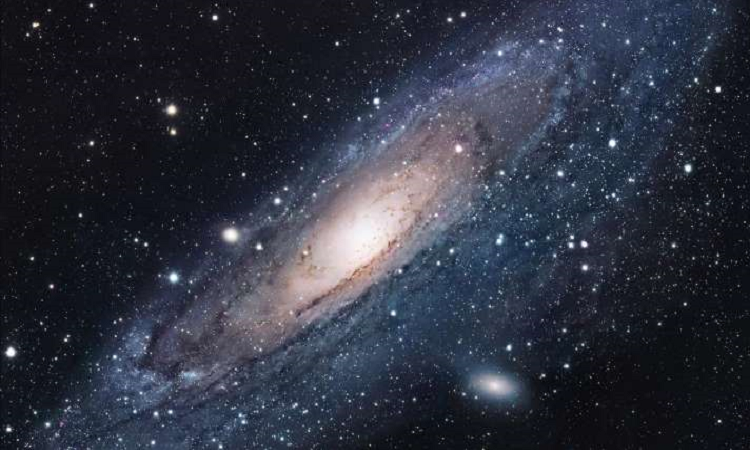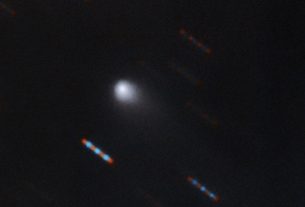Researchers have reconstructed the story of our neighbor Andromeda. The biggest representative of the Local Group has already devoured several galaxies in the past. And our dear Milky Way seems to be next on the list.
In the Universe, everything is moving. And if galaxies tend to move away from each other, pulled by dark energy, it happens sometimes that some objects meet. Our Galaxy has not escaped the rule. We know for example that the Milky Way owes its spiral shape to the absorption of a dwarf galaxy 8 billion years ago. We also knew that Andromeda, the largest galaxy in our Local Group, had a cannibalistic past. But until now, researchers had trouble identifying the remains of these old collisions. It’s done now.
At least two “cosmic meals”
For this new work, Australian researchers at the University of Sydney analyzed the behavior of Andromeda globular clusters. These “tufts” of stars generally circulate above and below the relatively flat orbital plane of large galaxies. Thanks to the Canada-France-Hawaii Observatory, they were able to identify individual clusters that seemed to behave differently. In other words, these star formations were not native to this galaxy. They have been absorbed and have not been able to adapt to their new environment.
By tracing the paths taken by these globular clusters, the researchers were then able to point out that these formations came from two galactic collisions. One occurred between 7 and 10 billion years ago, and the other in the last two billion years. Also, the two galaxies consumed were visibly much smaller than Andromeda. And both came from a completely different source.
And the Milky Way for dessert
Better understanding the past of our dear neighbor could also allow us to anticipate the future. We have known for a long time that Andromeda and the Milky Way will eventually collide to merge. The meeting is expected to take place in around 4.5 billion years. It remains to be seen how our Galaxy will govern. Will she be completely absorbed? Or will she be able to escape?
We have always known that Andromeda was larger than the Milky Way. But a new technique of measuring the mass of galaxies applied to our neighbor last year revealed that we could have been wrong. The one we thought was at least three times more massive than our galaxy would finally be of the same size. If this is indeed the case, then it is possible that the Milky Way can emerge “alive” from this confrontation.




